The Dread Ilk known as Doom axes:
I think you suggested you grow horseradish? I would like to do that as well…
While speaking with my mother, though, she said she is done with the stuff. Neither love nor money could convince her to work with it. Hard to process, and akin to working with mace, she suggested.
So, if you have horseradish, and you do process it, is there a better way?
Horseradish is about the easiest thing in the world to grow. In fact, if you start growing it, you may never stop whether you wish or not. But nothing is better on a rare sirloin than a dab of freshly-ground HR. You can also use it in tons of sauces and dishes. Horseradish belongs in every garden, IMO, right next to the potatoes.
In some cases, though it’s not the most pleasant herb in the world to work with. So here’s an easy way to take most of the fuss out of converting it from garden herb to tabletop delight:
1. Dig the roots in late fall, after the tops die off but before the ground freezes – timing affects the flavor, and dormant roots will give you the most mace for the buck. Cut off the top 4″ of a few of the thin ones and just shove ’em back in the ground with the crown up. That’s next year’s crop, and now that’s out of the way.
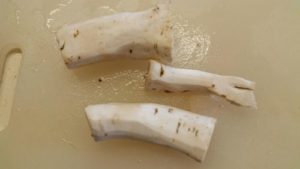
2. Wash the remaining roots and scrub off the mud chunks with a plastic brush. You’re going to find some that are too big or too small to work with. Small ones you can re-plant. Multi-year roots can get what looks like dry rot – it’s best just to compost those as well as any that are too gnarly to clean properly. What you’re looking for is straight pieces at least 6″ long with a little body to them. Finger-width is ok, but bigger is easier to work with.
3. Peel the skin off of the roots with a potato peeler. This should leave you with long, straight, white roots. So far, no mace, but that’s coming soon enough.
4. Dice the roots into 1/4″ pieces.
5. Now comes the fun part. Find yourself an old blender, because what you’re about to do is really hard on the machine.* Drop enough of the diced roots into the blender to fill up the bottom 3-4″ then fill to the top of the roots with white vinegar.
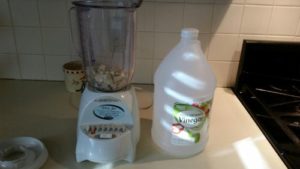
6. Grind, starting coarse but going faster and finer, until the result is the consistency of mashed potatoes.** This is the part where the product resembles mace. DO NOT STICK YOUR NOSE OVER THE BLENDER. If you find afterwards that the HR is not hot enough to knock your eyebrows out, you can start with less vinegar (or even start with a little water). But always add enough liquid to keep your blender blades covered. The smoke of burning appliances adds nothing good to your final product.
7. Scoop out the ground roots or dump the whole mess into a sieve and let the vinegar drain out. The more vinegar you remove, the hotter the batch will be. If you’re really a glutton for punishment, re-use the vinegar with the next batch of roots (there won’t be much left, however). Keep filling, grinding, and draining until you run out of roots or until smoke comes out of the blender.
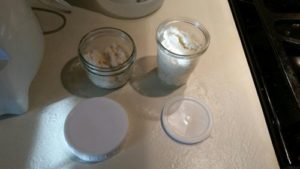
8. The resultant paste serves as the base for your preferred sauces. Add it to ketchup to make cocktail sauce. Add it to Miracle Whip to make horsey sauce for burgers. You can add it to dijon mustard or chili sauce to give them a kick. Or you can just use it as is for steaks. I slop my extra into Ball jars and put them the chest freezer – it will last a good year or longer. Of course, if you grow your own HR, you’ll never need to store it that long anyway.
I never can horseradish, if by that we mean cook it and seal it in a jar. I just grind it up one fall afternoon and freeze it. By the next summer it will have lost a little of its punch, unfortunately. But that’s ok, because fall is coming again, and I’ll appreciate the new batch’s pungency that much more.
* I seem to destroy one every couple years. Farm auctions, FTW!
** You can do this part without vinegar, but you’ll need a new blender about every 30 seconds. That said, the more you grind before adding the vinegar, the hotter the result will be. There’s a balance to these things.

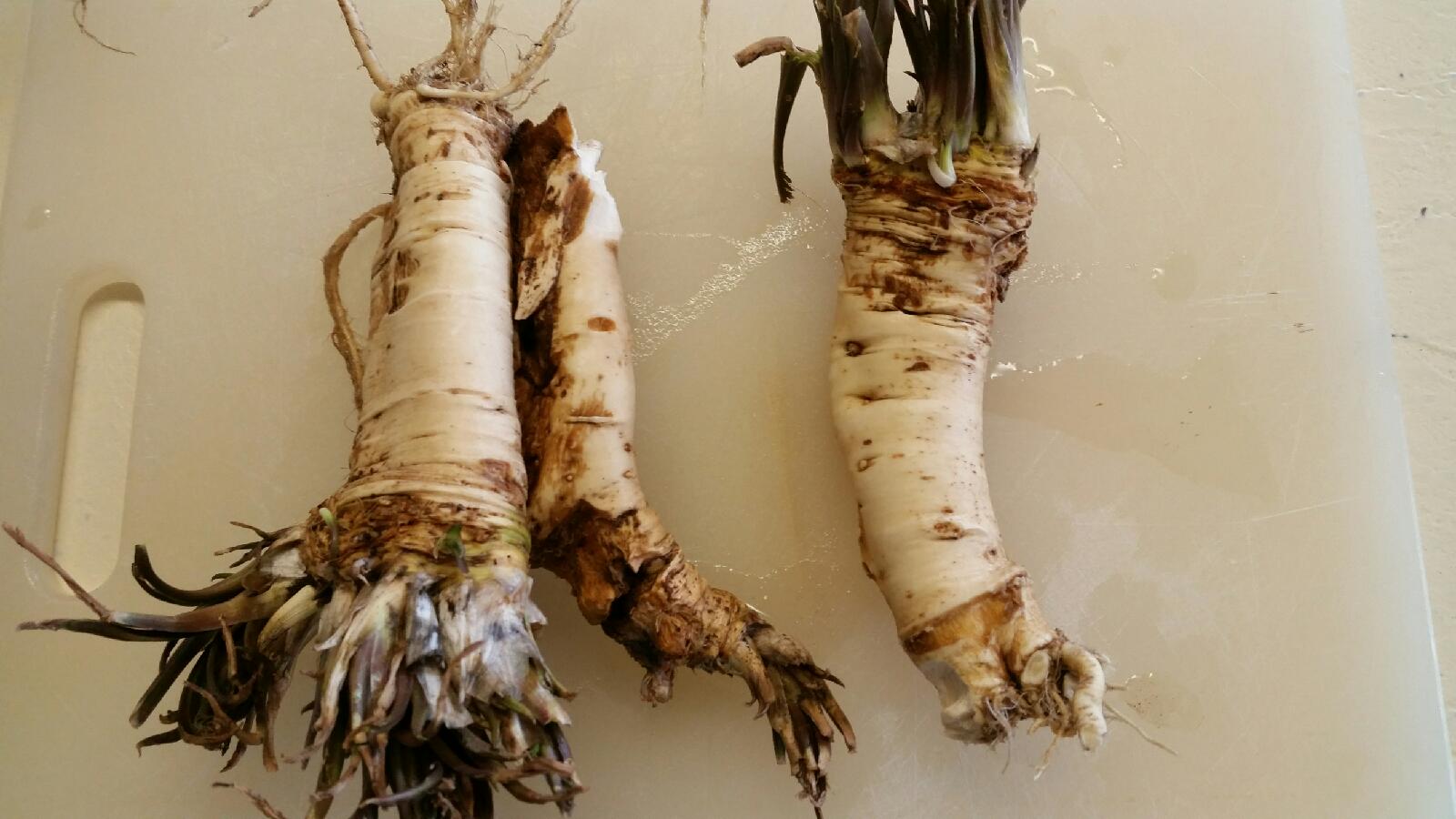



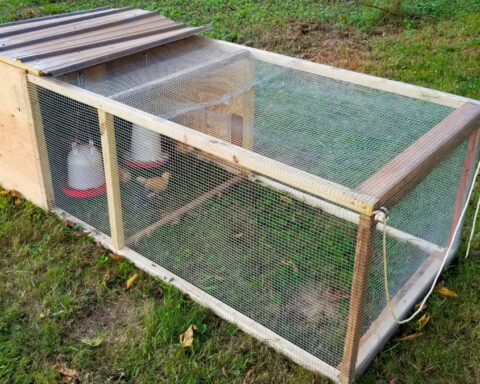
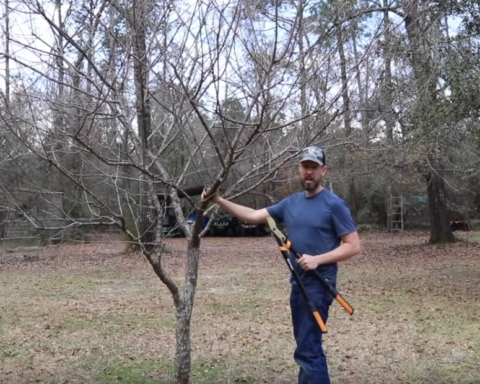
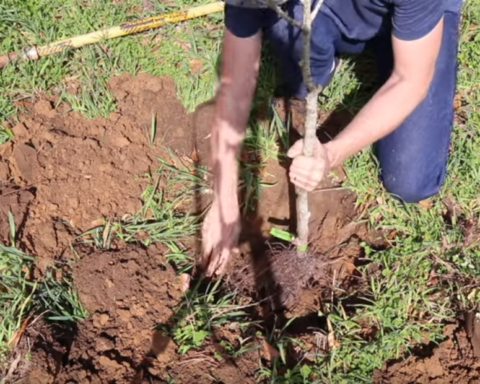
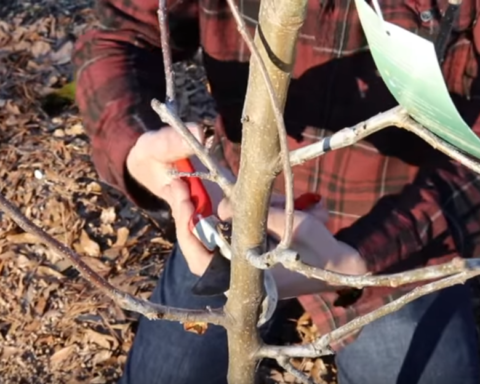

4
5
4.5